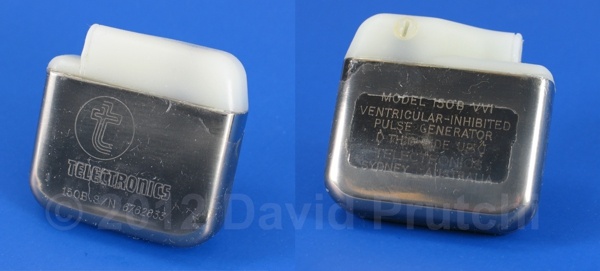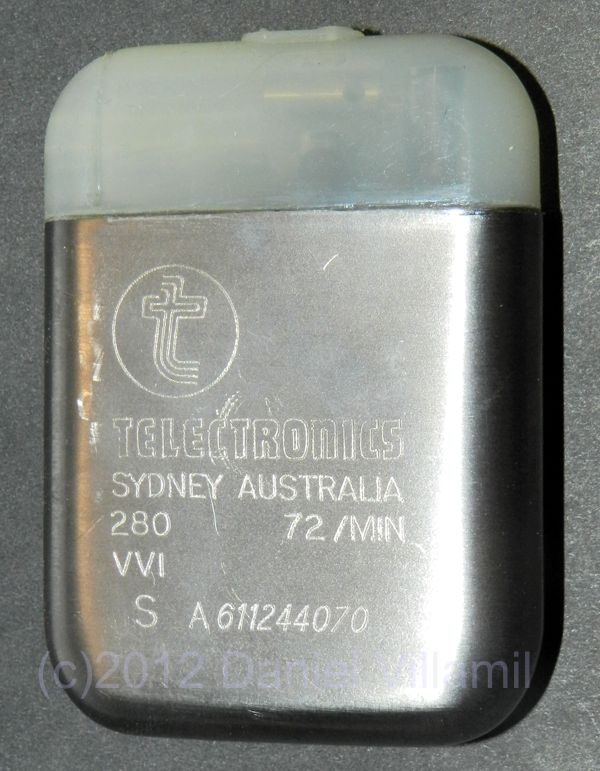 In 1965, Australian medical device pioneer Noel Gray established Telectronics – Australia’s first manufacturing facility for producing pacemakers that were designed in-house. Telectronics was an innovative developer, achieving some major successes in the early cardiac pacing field, for example, Telectronics’ leads allowed narrowing the pacing pulse to its current nominal of 0.5 milliseconds; encapsulating the pacemaker in titanium instead of epoxy; using a microplasma weld to join the two halves of the pacemaker capsule; creating one of the first rate-responsive ‘demand’ pacemakers; and isolating the pacemaker’s battery in a separate compartment to deal with the problem of leaking mercury-zinc batteries.
In 1965, Australian medical device pioneer Noel Gray established Telectronics – Australia’s first manufacturing facility for producing pacemakers that were designed in-house. Telectronics was an innovative developer, achieving some major successes in the early cardiac pacing field, for example, Telectronics’ leads allowed narrowing the pacing pulse to its current nominal of 0.5 milliseconds; encapsulating the pacemaker in titanium instead of epoxy; using a microplasma weld to join the two halves of the pacemaker capsule; creating one of the first rate-responsive ‘demand’ pacemakers; and isolating the pacemaker’s battery in a separate compartment to deal with the problem of leaking mercury-zinc batteries.
By 1986 Telectronics had become the major subsidiary of Nucleus Ltd, an Australian high technology health products group. At the time, Telectronics was the fifth largest pacemaker company in the world, with production sites in North America, South America, Europe and Australia.
In 1994 Telectronics Pacing Systems, by then a US subsidiary of Pacific Dunlop, had become the third largest US manufacturer of heart pacemakers. But that year Pacific Dunlop was hit by litigation in world-wide class-actions suits stemming from the death of patients implanted with Telectronics’ Accufix leads implanted since 1987. In 1996 Pacific Dunlop sold the Telectronics Pacing Systems business to St Jude Medical Inc. for $170 million. Shortly afterwards the Telectronics brand name was included when St Jude sold Medtel, a medical products distribution business, to Getz Brothers and Co Inc of California in 1997.

Image Credit: Daniel Villamil
